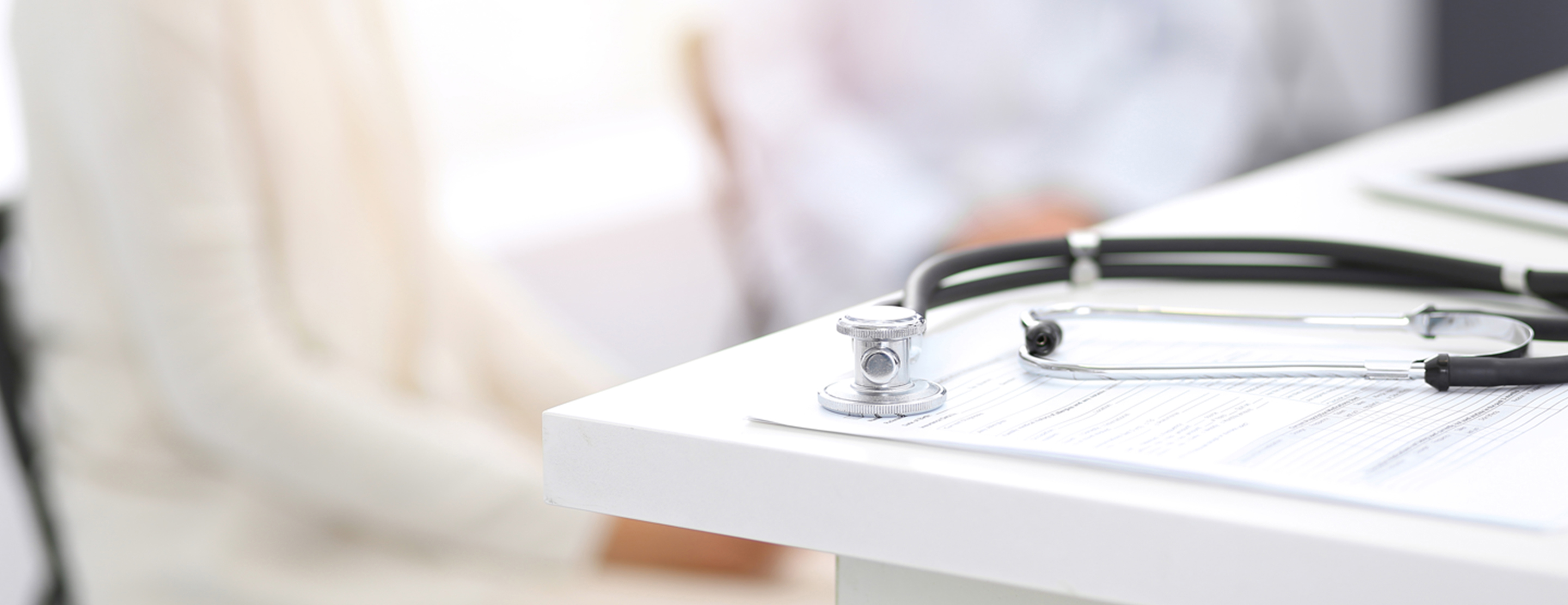
Gallium scan
Definition
A gallium scan is a test to look for swelling (inflammation), infection, or cancer in the body. It uses a radioactive material called gallium and is a type of
A related test is
Alternative Names
Liver gallium scan; Bony gallium scan
How the Test is Performed
You will get gallium injected into your vein. Gallium is a radioactive material. The gallium travels through the bloodstream and collects in the bones and certain organs.
Your health care provider will tell you to return at a later time to be scanned. The scan will take place 6 to 48 hours after the gallium is injected. The test time depends on what condition your doctor is looking for. In some cases, people are scanned more than once.
You will lie on your back on the scanner table. A special camera detects where the gallium has gathered in the body.
You must lie still during the scan, which takes 30 to 60 minutes.
How to Prepare for the Test
Stool in the bowel can interfere with the test. You may need to take a laxative the night before you have the test. Or, you may get an enema 1 to 2 hours before the test. You may eat and drink liquids normally.
You will need to sign a consent form. You will need to take off all jewelry and metal objects before the test.
How the Test will Feel
You will feel a sharp prick when you get the injection. The site may be sore for a few minutes.
The hardest part of the scan is holding still. The scan itself is painless. The technician can help make you comfortable before the scan begins.
Why the Test is Performed
This test is rarely performed. It may be done to look for the cause of a fever that has lasted a few weeks without an explanation.
Normal Results
Gallium normally collects in bones, the liver, spleen, the large bowel, and breast tissue.
What Abnormal Results Mean
Gallium detected outside normal areas can be a sign of:
- Infection
- Inflammation
- Tumors, including
Hodgkin disease ornon-Hodgkin lymphoma
The test may be done to look for lung conditions such as:
- Primary
pulmonary hypertension Pulmonary embolus - Respiratory infections, most often Pneumocystitis jirovecii pneumonia
Sarcoidosis Scleroderma of the lung- Tumors in the lung
Risks
There is a small risk for radiation exposure. This risk is less than that with
Considerations
Not all cancers show up on a gallium scan. Areas of inflammation, such as recent surgical scars, may show up on the scan. However, they do not necessarily indicate an infection.
References
Narayanan S, Abdalla WAK, Tadros S. Fundamentals of pediatric radiology. In: Zitelli BJ, McIntire SC, Norwalk AJ, eds. Zitelli and Davis' Atlas of Pediatric Diagnosis. 7th ed. Philadelphia, PA: Elsevier Saunders; 2018:chap 25.
Hutton BF, Segerman D, Miles KA. Radionuclide and hybrid imaging. In: Adam A, Dixon AK, Gillard JH, Schaefer-Prokop CM. eds. Grainger & Allison's Diagnostic Radiology. 6th ed. New York, NY: Elsevier Churchill Livingstone; 2015:chap 6.
Seabold JE, Palestro CJ, Brown ML, et al. Society of nuclear medicine procedure guideline for gallium scintigraphy in inflammation. The Society of Nuclear Medicine. 2004.
Vinnicombe SJ, Avril N, Reznek RH. Reticuloendothelial disorders: lymphoma. In: Adam A, Dixon AK, Gillard JH, Schaefer-Prokop CM. eds. Grainger & Allison's Diagnostic Radiology. 6th ed. New York, NY: Elsevier Churchill Livingstone; 2015:chap 70.
Review Date: 06/25/2018
The information provided herein should not be used during any medical emergency or for the diagnosis or treatment of any medical condition. A licensed physician should be consulted for diagnosis and treatment of any and all medical conditions. Call 911 for all medical emergencies. Links to other sites are provided for information only -- they do not constitute endorsements of those other sites. Copyright ©2019 A.D.A.M., Inc., as modified by University of California San Francisco. Any duplication or distribution of the information contained herein is strictly prohibited.
Information developed by A.D.A.M., Inc. regarding tests and test results may not directly correspond with information provided by UCSF Health. Please discuss with your doctor any questions or concerns you may have.





